Ditapis dengan

Agricultural Implications of the Fukushima Nuclear Accident (III): After 7 Years
This book presents the findings from on-site research into radioactive cesium contamination in various agricultural systems affected by the Fukushima Daiichi Nuclear Power Plant accident in March 2011. This third volume in the series reports on studies undertaken at contaminated sites such as farmland, forests, and marine and freshwater environments, with a particular focus on livestock, wild p…
- Edisi
- -
- ISBN/ISSN
- 978-981-13-3218-0
- Deskripsi Fisik
- 250 hlm.
- Judul Seri
- -
- No. Panggil
- -
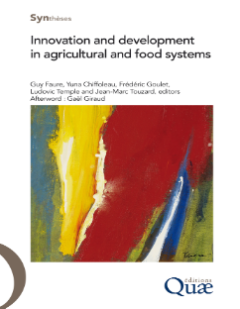
Innovation and Development in Agricultural and Food Systems
Innovation is often presented as one of the main catalysts for more sustainable and inclusive development. In the agricultural and food sectors, innovation is characterized not only by specificities arising from its relationship to nature, but also from the wide diversity of its stakeholders, ranging from farmers to consumers, and including intermediaries such as the research community and advi…
- Edisi
- -
- ISBN/ISSN
- 978-2-7592-2960-4
- Deskripsi Fisik
- 348 hlm.
- Judul Seri
- -
- No. Panggil
- -
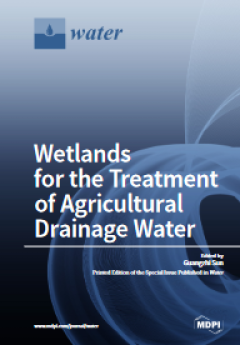
Wetlands for the Treatment of Agricultural Drainage Water
Agricultural drainage, such as runoffs from farmlands and wineries, are contaminated waters. Their management is monitored by environmental protection authorities who set targets of volume or pollutant reductions. Due to large quantities and seasonal variations, the targets are often not met, and effective management remains a problem in many parts of the world. Natural wetlands are known as th…
- Edisi
- -
- ISBN/ISSN
- 978-3-03897-209-9
- Deskripsi Fisik
- 152 hlm.
- Judul Seri
- -
- No. Panggil
- -
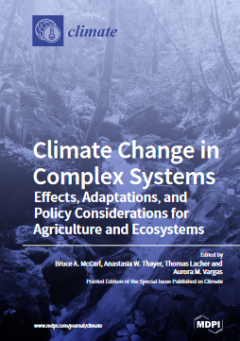
Climate Change in Complex Systems:Effects, Adaptations, and Policy Considerat…
Climate change is altering agricultural production and ecosystems around the world. Future projections indicate that additional change is expected in the coming decades, forcing individuals and communities to respond and adapt. Frequently, agriculture and ecosystems are seen as separate entities, resulting in entity-specific solutions in response to threats. Anthropogenic climate change simulta…
- Edisi
- -
- ISBN/ISSN
- 978-3-03936-943-0
- Deskripsi Fisik
- 148 hlm.
- Judul Seri
- -
- No. Panggil
- -
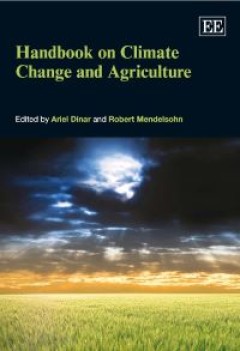
Handbook on Climate Change and Agriculture
This book explores the interaction between climate change and the agriculture sector. Agriculture is essential to the livelihood of people and nations, especially in the developing world; therefore, any impact on it will have significant economic, social, and political ramifications. Scholars from around the world and from various fields have been brought together to explore this important topi…
- Edisi
- -
- ISBN/ISSN
- 978-1-84980-116-4
- Deskripsi Fisik
- 532 hlm.
- Judul Seri
- -
- No. Panggil
- -
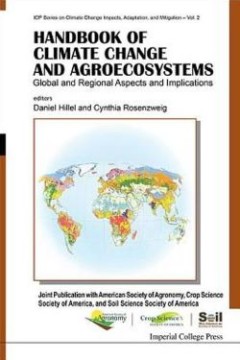
Handbook of Climate Change and Agroecosystems: the Agricultural Model Interco…
“Top agricultural scientists from around the world have taken up the challenge of sustainable agriculture, with the specific focus on integrating agronomic, climatological, biophysical and socio-economic perspectives and processes. Every chapter (of the Handbook) contributes to addressing the growing food-security challenges facing the world.”Foreword by Jeffrey Sachs, Director of the Earth…
- Edisi
- -
- ISBN/ISSN
- 978-1-78326-566-4
- Deskripsi Fisik
- 1159 hlm.
- Judul Seri
- -
- No. Panggil
- -
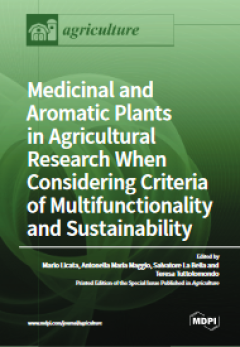
Medicinal and Aromatic Plants in Agricultural Research When Considering Crite…
Medicinal and aromatic plants (MAPs), as open-field crops, play an important role in multifunctional and sustainable agriculture as a result of their low energy requirements for cultivation and their many avenues of use, from the production of nutraceuticals, phytonutrients, and phytotherapy to land valorization. This Special Issue of Agriculture, “Medicinal and Aromatic Plants in Agricultura…
- Edisi
- -
- ISBN/ISSN
- 978-3-0365-4014-6
- Deskripsi Fisik
- 226 hlm.
- Judul Seri
- -
- No. Panggil
- -

Herbal Remedies Handbook: More Than 140 Plant Profiles (Remedies for over 50 …
Discover the therapeutic properties of more than 140 medicinal herbs such as turmeric, elderflower, and ginger root with Herbal Remedies Handbook. Take charge of your health and wellness naturally with tried-and-tested plant-based home remedies. Reliable, authoritative, and accessible, it’s packed with expert advice and know-how on essential herbal remedies, including crucial safety and dosa…
- Edisi
- -
- ISBN/ISSN
- 978-1-4654-7465-0
- Deskripsi Fisik
- 290 hlm.
- Judul Seri
- -
- No. Panggil
- -
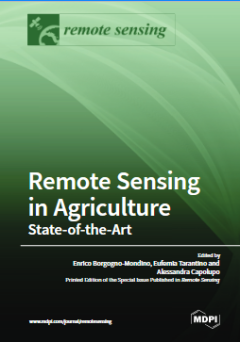
Remote Sensing in Agriculture: State-of-the-Art
The Special Issue on “Remote Sensing in Agriculture: State-of-the-Art” gives an exhaustive overview of the ongoing remote sensing technology transfer into the agricultural sector. It consists of 10 high-quality papers focusing on a wide range of remote sensing models and techniques to forecast crop production and yield, to map agricultural landscape and to evaluate plant and soil biophysica…
- Edisi
- -
- ISBN/ISSN
- 978-3-0365-5484-6
- Deskripsi Fisik
- 222 hlm.
- Judul Seri
- -
- No. Panggil
- -
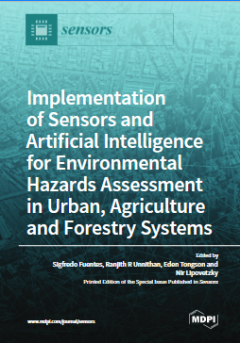
Implementation of Sensors and Artificial Intelligence for Environmental Hazar…
The implementation of artificial intelligence (AI), together with robotics, sensors, sensor networks, Internet of Things (IoT), and machine/deep learning modeling, has reached the forefront of research activities, moving towards the goal of increasing the efficiency in a multitude of applications and purposes related to environmental sciences. The development and deployment of AI tools requires…
- Edisi
- -
- ISBN/ISSN
- 978-3-0365-2905-9
- Deskripsi Fisik
- 208 hlm.
- Judul Seri
- -
- No. Panggil
- -
 Karya Umum
Karya Umum  Filsafat
Filsafat  Agama
Agama  Ilmu-ilmu Sosial
Ilmu-ilmu Sosial  Bahasa
Bahasa  Ilmu-ilmu Murni
Ilmu-ilmu Murni  Ilmu-ilmu Terapan
Ilmu-ilmu Terapan  Kesenian, Hiburan, dan Olahraga
Kesenian, Hiburan, dan Olahraga  Kesusastraan
Kesusastraan  Geografi dan Sejarah
Geografi dan Sejarah